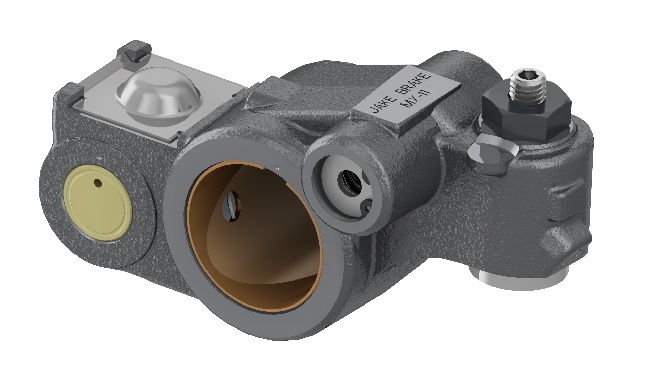6. What Is The Best Practice For Using A Jake Brake
The key aspect that I will talk about in this sub-heading is the point that concerns all truck drivers and that is the best practice for using a Jake brake in particular situations.
Complementary to that, the best practice for using a Jake brake properly would depend on the situations, as well as on the conditions that the truck driver is driving through. Seldom, I will take for example the process of Jake braking on:
- Slippery Pavements;
- Dry Pavements;
- Descending a Grade;
Let’s start with the best practice for using a Jake brake when confronting a slippery pavement.
Slippery pavements do require a more careful driving, and even more careful Jake braking. In that point of view truck drivers should “open their eyes wide” and reassure that they are following the slippery driving procedure which includes:
- Starting The Master Switch “Off”;
- Reassuring That There Is Enough Distance Between The Vehicles In front Of You;
- Traction And Stability Play A Big Role In These Situations- Have That In Mind;
- Activation Of The Natural Retarding Of The Engine;

Thereupon if you notice that the engine brake is causing any excessive traction then you should stop the Jake braking immediately, and do not try to use it again until the conditions improve.
On the other hand, if you find yourself driving on a dry pavement, where to be sincere there is no need of using Jake braking, then you should switch the Jake brake in a “LOW” position. But if you want to activate the Jake braking in a certain situation then you should switch it to a higher position – But do that step by step.
Each truck driver should be aware and should pay attention to the notorious hills and mountain passes, so the best practice for using a Jake brake while descending a grade would include lifting of your foot off the throttle, by that safe Jake braking will take place.






